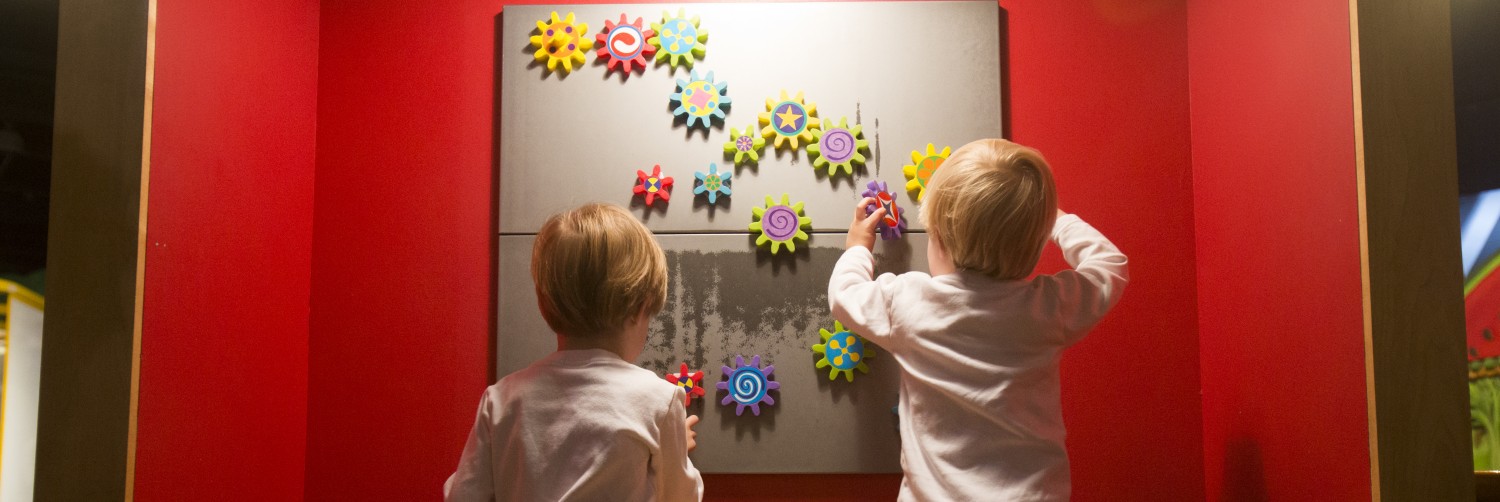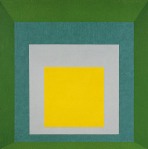Earth Day is right around the corner and here at the Museum we love to encourage healthy planet habits that take care of Earth! We will be celebrating Earth Day this weekend with Novelis on Saturday and Sunday. This will be the 45th anniversary of the Earth Day movement, meaning 45 years of “broadening the base of support for environmental programs, rekindling public commitment and building community activism around the world through a broad range of events and activities”. All the environmental activities and lessons are very important to pass down to our children.
We currently have some awesome items in our Museum Store that are definitely Earth Day appropriate. Our staff picked out their 3 favorite Earth Day items from the store and shared a little bit about why they liked the particular items.
Kareen Dames, manager of museum sales, recommends:
The Busy Bug Gardens is my favorite thing in the Museum Store because I love butterflies! This awesome little kit allows children to learn about gardening and enjoying the site of Monarch butterflies and hummingbirds, both of which are attracted to the Purple Coneflower that will sprout from the seeds in the kit. I also like that this is an activity that can be done inside or outside.
Debbie Palay. director of development, recommends:
I would recommend spending time with the Solar Print Kit. These kits are an excellent way to teach kids about the power of the sun and the chemical process behind the imaging that takes place on the special paper. This is an activity that is suitable and appealing to both boys and girls and can be a fun way to spend a sunny afternoon.
Cayce Dunn, digital marketing manager, recommends:
I love the Recycled Paper Beads kit! I love doing crafts and the fact that this craft also recycles was definitely a two-for-one plus! Making paper beads always seemed tedious and a little tiring by hand, but this gadget that fits perfectly on a recycled water bottle looks like a super simple and efficient way to make beads. Not to mention, the added bonus of the recycled water bottle being used as a container for the finished beads. I love the idea of showing children how old magazine pages can be used to create fun jewelry and awesome one-of-a-kind handmade gifts. Recycling is definitely a planet-friendly way of using your imagination to figure out how to use the most out of the stuff you have!
If you plan on visiting us to celebrate Earth Day, drop by the Museum store to check out these items. They would make awesome gifts or just a fun activity to take a part of the Museum and the message home with you. Earth Day celebrations at the Museum begin Saturday, April 18th at 12 PM. The fun will continue Sunday, April 19th at 3:00 PM. Check our Programming Schedule for more info of the days happenings!
Source: EarthDay.org











